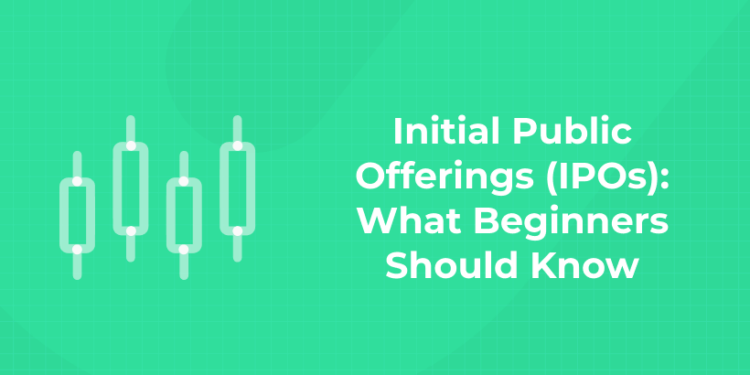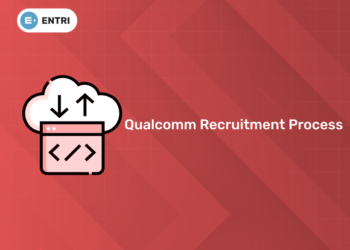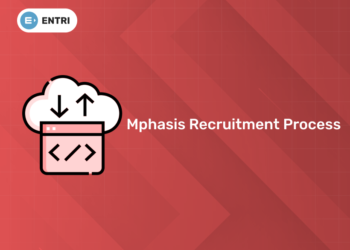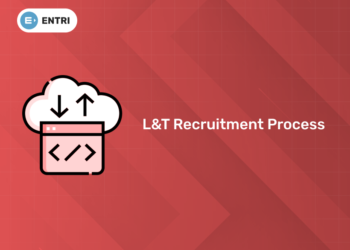Table of Contents
When a private firm first makes its shares accessible to the public, it conducts an initial public offering (IPO). Companies can raise funds through an initial public offering (IPO) by trading their shares on a stock exchange.
Initial Public Offerings (IPOs): What Beginners Should Know
Initial Public Offerings (IPOs) are something that even beginners in trading have a basic understanding of. It is a very familiar term to those who have an inclination to the subject. In this case, a private firm which is owned by an individual or a family (sometimes long-time employees also have some equity) is where everything starts.
Master stock trading with us. Enroll now for a free demo!
What are Initial Public Offerings (IPOs)?
1: What is a stock?
Instead, of paying cash, the founders give the lenders and employees a share of the profits. Why? Because the founders are aware that if the business fails, they won’t lose anything by selling a portion of the business. Everyone should win if the business is successful and eventually becomes public, in theory. A stock that had no value the day before the IPO will now be worth something. In an initial public offering (IPO), the founders of a firm give up a portion of their ownership in return for funding. It is the complete opposite of debt finance. The initial public offering assists new and expanding enterprises in obtaining significant market capital. Only to a limited extent can a business raise money from family members, angel investors, and venture capitalists. Additionally, the majority of these sources make investments with the intention of making huge profits from rising share prices once the business goes public.
Learn stock trading with experts! Join us to attend a free demo!
Start Your Stock Market Journey Today!
Learn practical strategies, minimize risks, and grow your wealth confidently. Enroll now and take your first step toward financial success!
Know moreHow does Initial Public Offerings Work?
The process of an Initial Public Offering is somewhat complicated. Let us take a look at this process with a step-by-step explanation.
The Purpose
The company needs to determine why it is raising money at the outset. The business should be explicit about any expansion, integration, or diversification plans.
Hiring An Investment Bank
Finding an investment bank to serve as an underwriter for your IPO procedure is the next stage. An underwriter assists the business in meeting its financial and regulatory requirements. Additionally, it determines the IPO price and the company’s valuation before selling the shares to the initial investors. Selecting an investment bank with knowledge and experience in launching initial public offerings is crucial.
Tasks in Underwriting
The underwriter assists the company in preparing its financial statements and registration reports. It includes gathering revenue, profitability, total asset size, and other business metrics such as the valuation of the company. Only after filing with the SEC can a corporation go public. In order to comply with regulatory requirements, the underwriter completes additional paperwork, including precisely describing the purpose of the IPO offering and risk considerations. If the SEC issues amendments, the corporation is required to make the necessary changes. The company can go public after receiving SEC approval.
Pre-IPO Analyst Research
The corporation undertakes considerable research here in preparation for a successful Initial Public Offering. It conducts primary research and assesses the viability of IPOs from the perspectives of investors and competitors. It determines the best moment to list based on the trend. Searching for a stock exchange that matches one’s business skills is also part of the research process.
Cost Computing
The corporation must maintain track of its finances throughout the process because going public requires a significant investment. The corporation must keep the procedure within its means or risk losing money from the IPO.
Marketing
Beginning with marketing, the following are the most critical stages in an initial public offering. The management team supports the IPO during marketing by communicating with potential investors. The prospectus is disclosed. The prospectus or offering document explains the IPO’s terms and circumstances, financial health, earnings, and so forth. As a result, it is an important factor in attracting investors.
Finalizing
Following marketing, investors send a message of interest, indicating that they are interested in purchasing the company’s shares. The price per share can be adjusted in accordance with investor feedback. The IPO price and share lot are finalized here.
Share Allocation
Finally, the Initial Public Offer is approved. Initial investors are given shares, who are often institutional buyers in many circumstances. Retail investors are included as well.
Getting Listed and Stock Trading
The shares are listed on an exchange where investors can trade them after the initial allocation.
Learn the basics of stock trading with Entri! Attend the Demo class!
Advantages Of Initial Public Offerings
By Initial Public Offering, a company can gather a massive amount of capital. The advantages are listed below.
- The earnings made from Initial Public Offering can be used for the expansion of the business or to solve any financial crisis if the company is facing anything presently.
- Original investors like venture capitalists and angel investors hold a certain number of shares in a firm. After Initial Public Offering, they sell their shares for huge profits.
- In some cases, the price of pre-IPO shares of a company is higher than their expected value due to hype. In such cases, the firm can reduce the capital cost and enter into accessible acquisition deals.
- It permits favourable credit terms because of the quarterly reporting of financial statements. Managers and employees are compensated after the IPO when the business sales and revenue grow.
Disadvantages Of Initial Public Offerings
We have learned the advantages of Initial Public Offerings in the previous paragraph. But like anything, they too have some disadvantages.
- Not receiving the expected positive response from potential investors is always a risk in the case of an Initial Public Offering.
- As they are going public, the firm has to reveal sensitive information such as finances, team, revenue, tax and accounting. This may assist the competition to gain an advantage over the company.
- Because a public firm must incur different non-operating expenses, an IPO is an expensive enterprise. In addition, marketing, accounting, management, and legal expenses climb. Furthermore, maintaining quarterly financial reporting as the company becomes public necessitates a significant amount of managerial effort and time.
- Other disadvantages include strict legal and regulatory compliance specifications, loss of power, increased accountability to shareholders, and board of director upheavals.
- Businesses are also harmed when their stocks are subjected to continual speculation following their initial public offering.
Master stock trading with Trading Experts. Enroll now for a free demo!
The most basic particulars of Initial Public Offerings are described above. IPOs are not recommended for the timid or inexperienced. They are intended for experienced investors who are in it for the long haul, aren’t persuaded by flattering news articles, and are more concerned with a stock’s fundamentals than its reputation. Shares in a business are made available for the general public to buy and sell shortly after an IPO, although it can be challenging for the average investor to invest directly in an IPO. It may be advantageous to purchase shares of a rising firm when they are first issued if, after conducting your study, you believe in the business.
Initial Public Offerings (IPOs): What Beginners Should Know FAQs
-
What is the full form of an IPO?
Initial Public Offering
-
What is the main aim of Initial Public Offerings?
The initial public offering is majorly made by a firm to accumulate capital.











